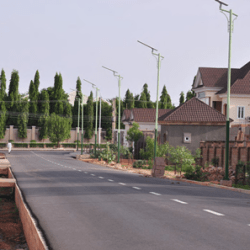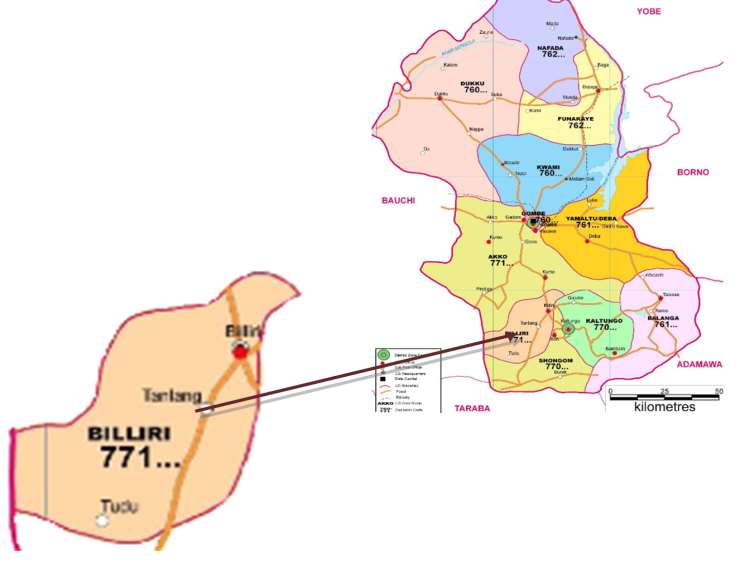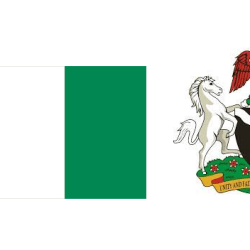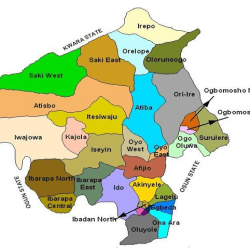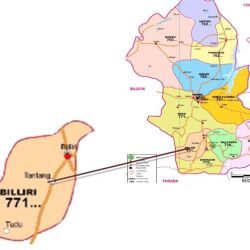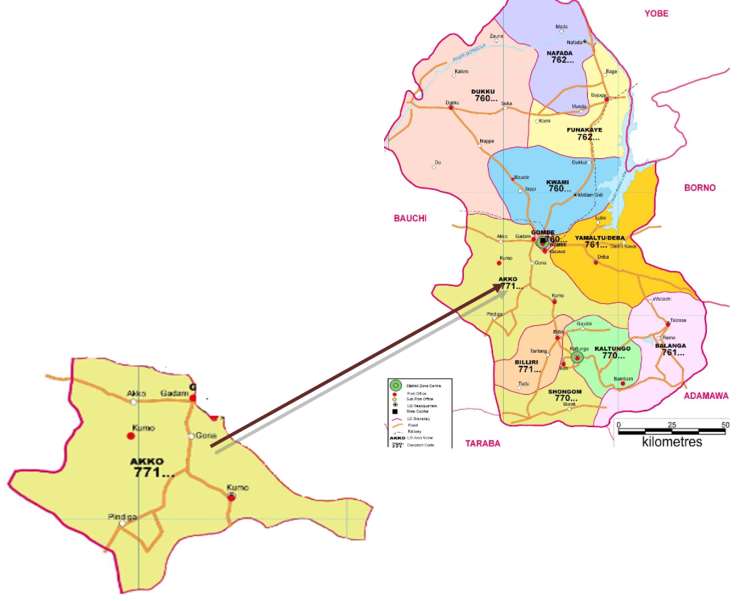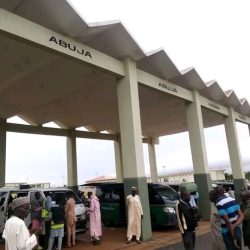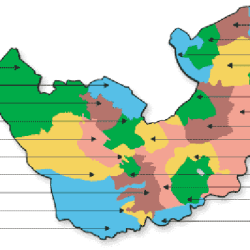The creation of additional state in the year 1996 and the transformation of local Government system of administration from the former local Authorities to the local Government Areas following the Dasuki Local Government Reforms, Gombe continue to maintain its status as the Zonal headquarters and commercial nerve centre of the default Bauchi state and the present days (Gombe State.)

The story of Gombe local Government Area cannot be completed without having a flash back of the administrative System adopted by the federalist, since before the introduction of the formal administrative proceeding by the colonial masters immediately after the amalgamation of the Northern and Southern protectorate sometimes in 1914.

The introduction of regional system administrative pave way of Gombe to becoming divisional headquarters of the present day, Gombe state, with the creation of twelve (12) states in 1967; Gombe served as the centre where a number of multi-national cooperation were situated in addition to location of the central medical stores for the benefit of Gombe, Adamawa, Bauchi and Sardauna province that comprises the former North-Eastern State Government with its capital at Maiduguri.

LOCATION
Gombe Local Government Area is in the Savannah region and bordered in the north by Kwami Local Government Area, Yamaltu Deba Local Government to the East and Akko Local Government Area to the South- West. Gombe Local Government has a land of labour six hundred (600) square kilometres and highly populated particularly now that it serves a dual role of Local Government Headquarters and a Capital base of Gombe State.
LAND AREA
Gombe is a city in northern Nigeria and Local Government Area, it is the capital city of Gombe and has land area of 600Km2 (square Kilometers ) with the capital city in Gombe that coordinates 10 17N, 11 10E, 110 283N, 11 167E.
CLIMATE
Gombe like other parts of the country experienced with
some type of climate in Sahel Savannah as the Vegetation of the Area rainy season, starts from May to October, dry season start from October to May.Hottest months start from March to April, while the coldest months are December to January.
POPULATION
The current population census of 1999 shows that Gombe Local Government has Two Hundred and Eighty-Thousand, One Hundred and Eighty- nine people (283,189) out of which Hundred and Fifty Thousand Five Hundred and Forty-one (150,541) are males while one Hundred and Thirty-two Thousand, Six Hundred and Forty-eight are females (132,648).
PEOPLE/ CULTURE
Gombe Local Government Area consist of different ethnic
groups, principals among the indigenous ethnic groups are; Fulani, Kanuri, Tera, Bolewa and Hausa, while others are settlers that were attracted by either the commercial potentialities of the area or those in search of education, among whom are the Yoruba, Igbo, Babur, Karekare, Waja,Tangale, TIV, Ibra, Angas, Jukun, Idoma and many others.
DISTRICT HEAD/MAJOR VILLAGES
There is a Senior District Head for Administrative convenience in Gombe Local Government District, the equilvalent of village heads and Ward Heads of Dawaki – Ajiya -Bajoga – Shamaki -Kumbiya/Kumbiya- Herwagana – Nassarawo- Pantami – Bolari – Jekadafari- jalo Waziri and Malam Inna- Kagarawal.
